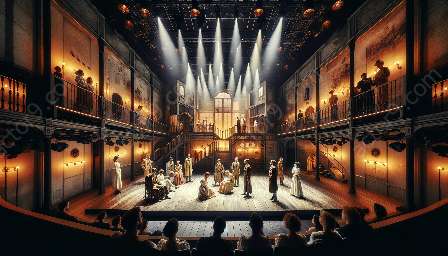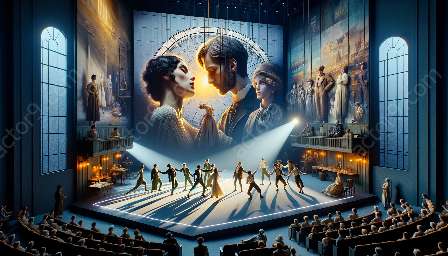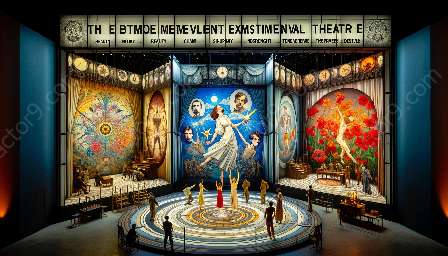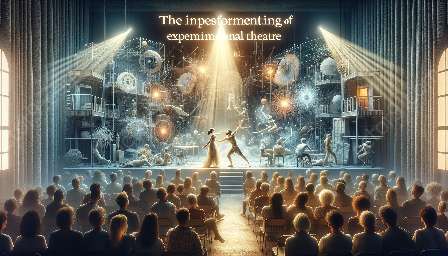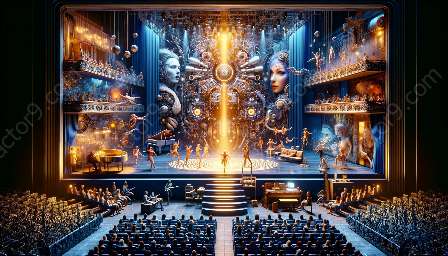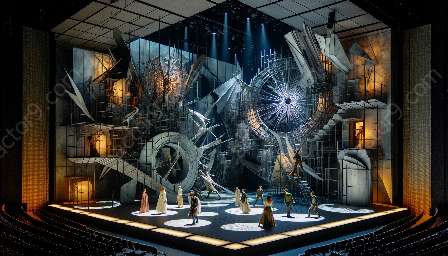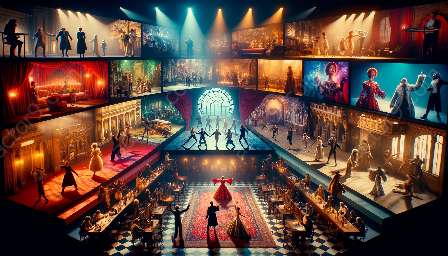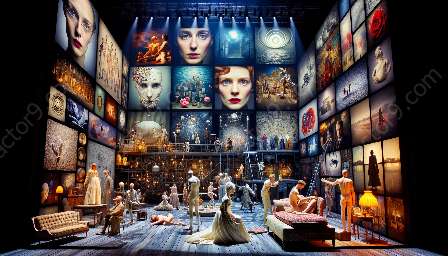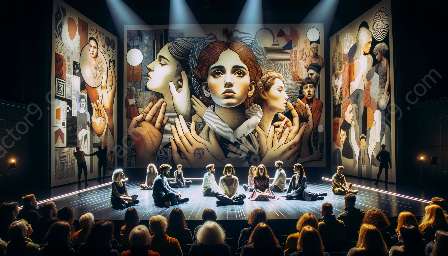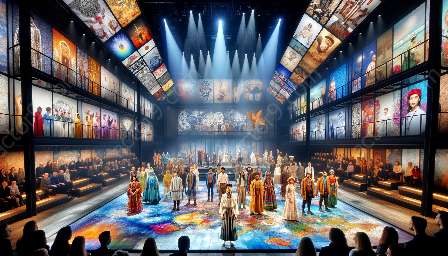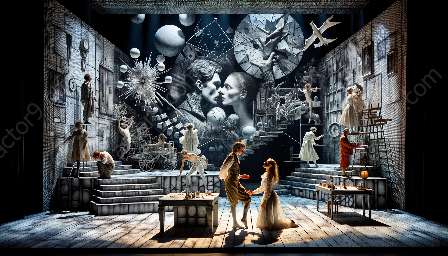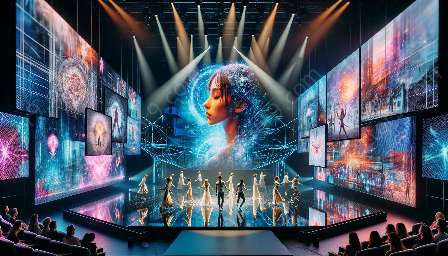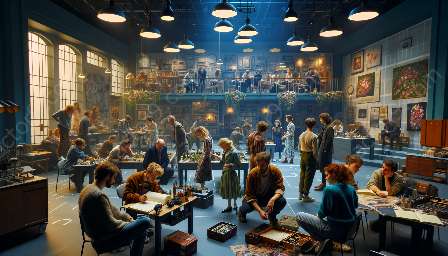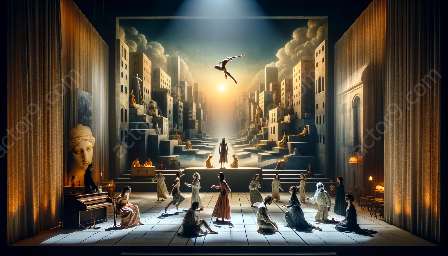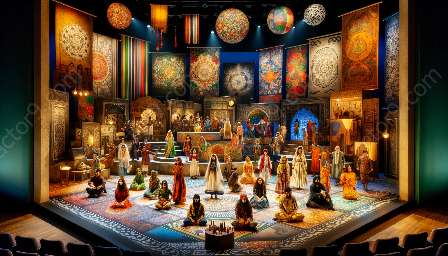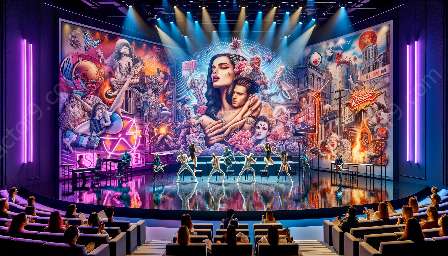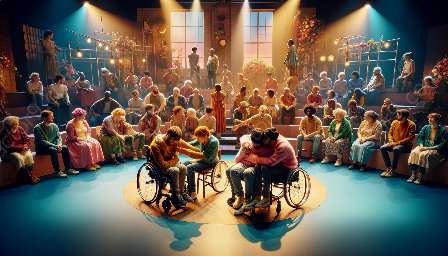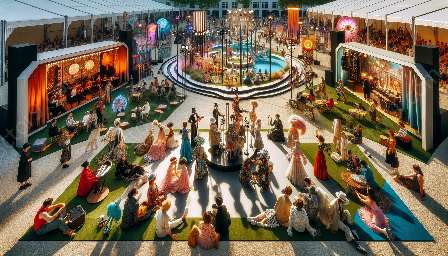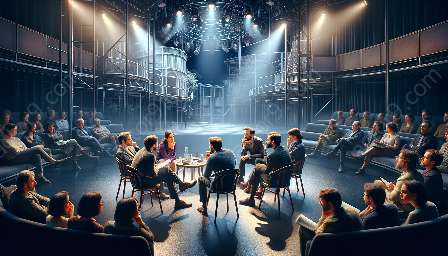Experimental theatre has been a trailblazing force in the performing arts, challenging traditional norms and boundaries. Notable experimental theatre works stand out for their avant-garde approach and key characteristics that set them apart. These characteristics include innovative storytelling, non-traditional performance spaces, audience interaction, and fusion of different art forms. By pushing the boundaries of traditional theatre, notable experimental works offer unique experiences that captivate and provoke audiences.
1. Innovative Storytelling
Notable experimental theatre works are characterized by their innovative storytelling techniques. They often incorporate non-linear narratives, abstract symbolism, and surreal elements to convey the underlying themes and messages. The focus is on engaging the audience intellectually and emotionally through unconventional storytelling methods that challenge the conventional structure of dramatic plot development.
2. Non-Traditional Performance Spaces
Experimental theatre is known for breaking away from the traditional confines of a proscenium stage. Notable works are often performed in non-traditional spaces such as abandoned warehouses, outdoor locations, or immersive environments. This reimagining of performance spaces allows for a more immersive and intimate engagement with the audience, blurring the lines between performers and spectators.
3. Audience Interaction
Notable experimental theatre works often seek to break down the barrier between performers and the audience. This can involve direct interaction, participation, or immersive experiences that invite the audience to become part of the performance. Audience members may find themselves integrated into the storyline, creating a sense of shared ownership and connection with the work being presented.
4. Fusion of Different Art Forms
Experimentation with the fusion of different art forms, such as dance, music, visual arts, and multimedia, is a key characteristic of notable experimental theatre works. These interdisciplinary collaborations enrich the overall sensory experience and contribute to the creation of a more holistic and multi-dimensional performance that transcends traditional boundaries.
In conclusion, notable experimental theatre works are defined by their innovative storytelling, non-traditional performance spaces, audience interaction, and fusion of different art forms. These key characteristics exemplify the avant-garde approach of experimental theatre, offering audiences unique and thought-provoking experiences that push the boundaries of traditional performing arts.

